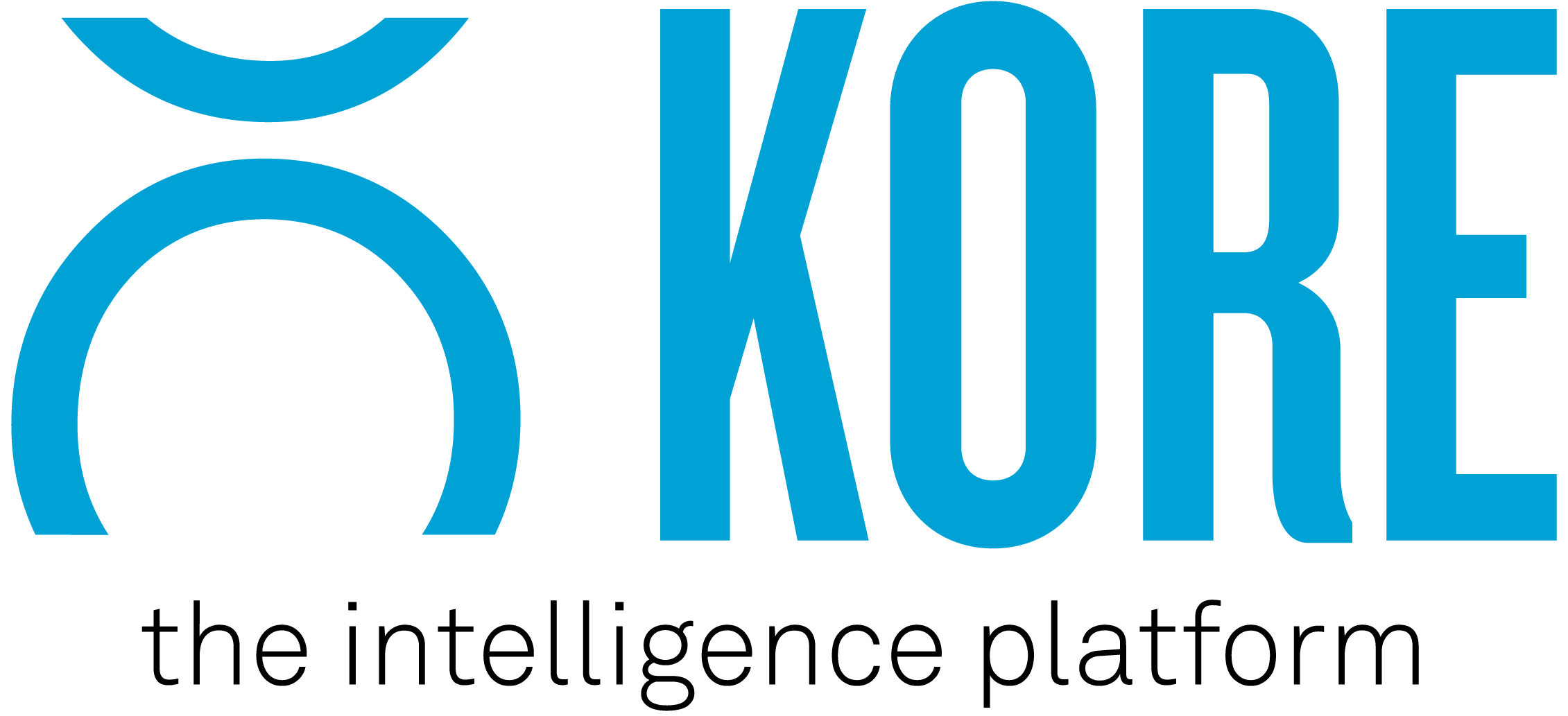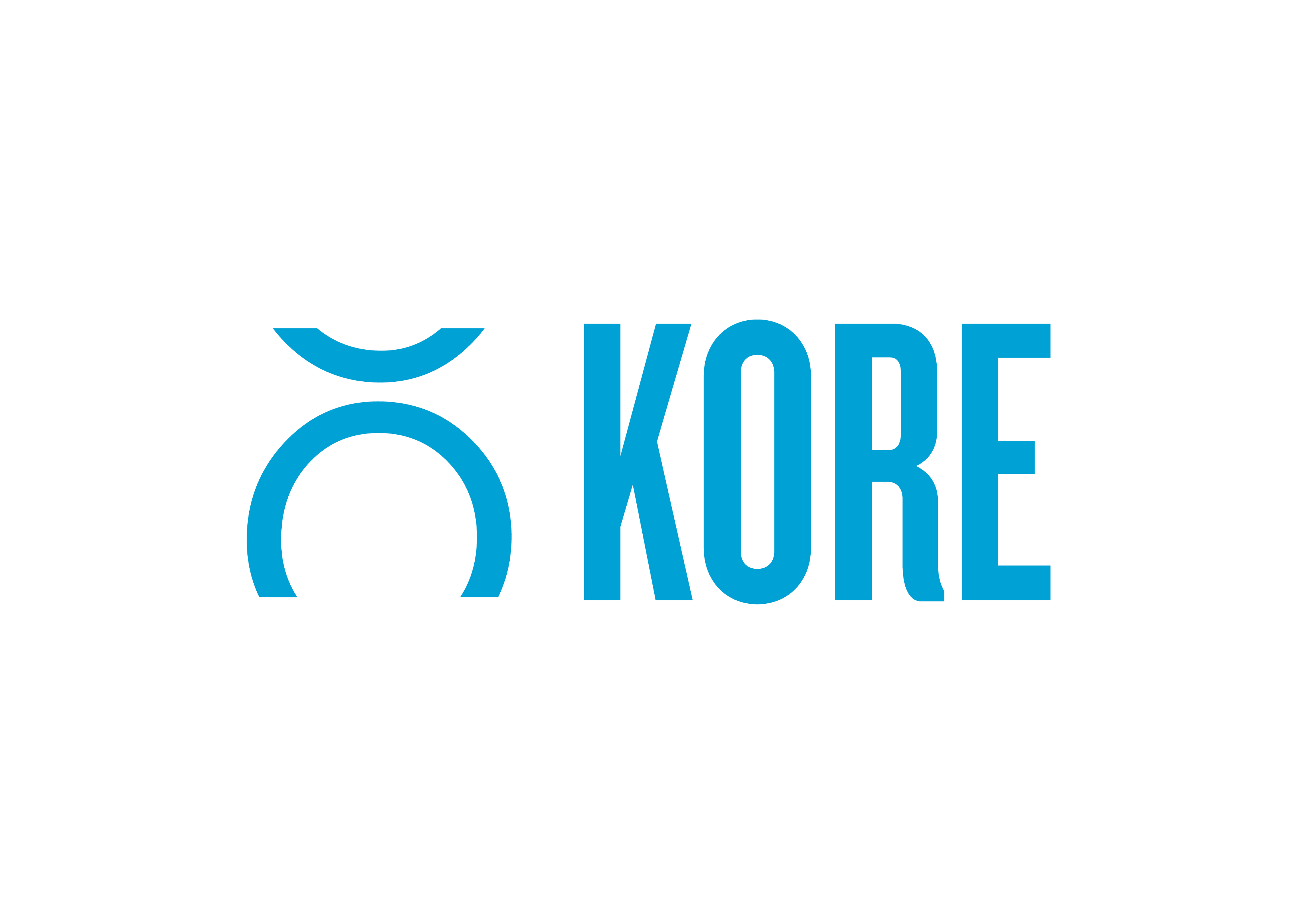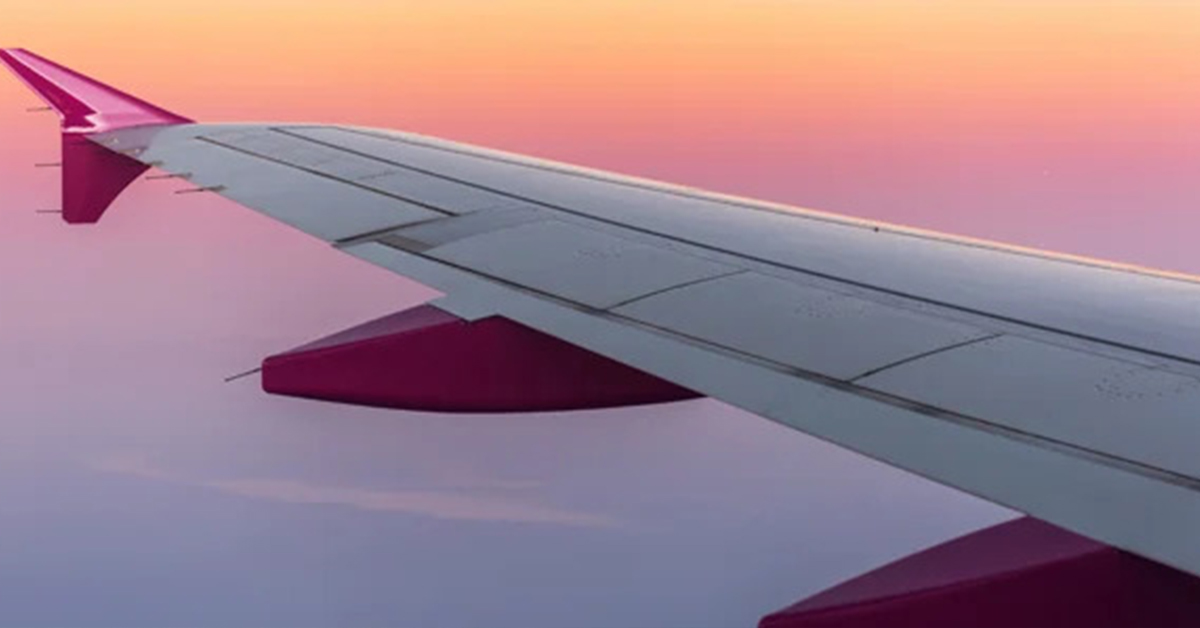With my eyes glued to the end of the European football season (English Premier League and the Champions League/Europa League), it was impossible not to notice the role that international airlines play in sports sponsorship. Two that were screaming out to me, in particular, were Etihad Airways and Emirates; just check the front of the jersey of two of English football’s power clubs.
But it got me thinking: what other sports or industries are airlines investing in commercial partnerships with? How does a rights holder sell to and service an airline if they don’t traditionally travel great distances throughout a given period or season?
So, I set about looking into the trends, industries, and for some little gems that lie in the airline sponsorship space at the moment and I selected a few different carriers throughout the world:
Qantas
It was hard not to start at ‘Home’ and take a look into the sports, industries, and causes that Qantas support. These are the defining characteristics of Qantas’ sponsorships.
- Sport definitely plays a large part in their partner portfolio: Rugby Australia, Cricket Australia, The Australian Olympic Committee, Football Federation Australia (just to name a few).
- They have clearly different objectives for each sport partnership, but an obvious emphasis is placed on brand positioning, community engagement, and building an audience.
- They have a large number of arts partnerships spanning across museums, galleries, ballet, opera, and theatre.
- Community partnerships, across regional and indigenous Australia, as well as various Ambassadors and awards sponsorships, also play a large role in developing the Qantas brand.
- These non-sporting partnerships clearly have different objectives aligned to them including a greater emphasis on Community Engagement and Relationship Building.
Etihad
We have seen a bit of a consolidation being undertaken by Etihad in the commercial partnerships space over the past five years. Here’s where they are at now.
- There is definitely a large focus placed upon Football sponsorships. It is impossible not look past their partnership with the City Football Group which includes Manchester City FC, Melbourne City FC, and New York City FC.
- Traditionally high-end sporting rights holders take up a big portion of partnership opportunities with Etihad. This includes Ferrari Formula One team and Sailing.
- An interesting partnership to note is a collaboration with IMG Models called ‘Model Diaries’ which showcases models in high fashion as they travel around the world.
- With these high society partnerships, it would be pretty hard not to infer that the partnership objectives centre around Brand Positioning and Building an Appropriate Audience.
Emirates
Perhaps the first premium brand that Australians think of when it comes to International Air Travel. Emirates have been a player in global sports partnerships for quite some time and here is their current state.
- Football partnerships include Arsenal FC (including their stadium), Real Madrid, PSG, the FA Cup, and numerous more.
- A number of other global sports still partner with Emirates, including Cricket, Golf, Motorsports, Rugby, and Horse Racing.
- Similar to Qantas, Emirates play a large role in supporting different arts and cultural organisations including different symphonies and festivals.
- Similar to Etihad Airways, there seems to be a clear set of objectives based around high-end sports and access to their high-end stakeholders which is aligned to the objectives of Brand Positioning and Building an Audience.
Qatar
As an avid Sydney Swans fan, plus the fact that Qatar Airways are one of the very few airlines that fly internationally out of my hometown of Canberra, I couldn’t miss the opportunity to mention them. Here’s what I found.
- They are the premier partner of the Sydney Swans (AFL) with a lack of clear and obvious branding on apparel and match assets. They are clearly utilising this partnership to achieve the Community Engagement and Building an Audience objectives.
- Other partnerships for the airline centre around the region including a local Tennis tournament, Middle Eastern Equestrian competition, and the Qatar Squash Foundation which makes the Swans partnership a key global marketing asset.
- The Swans do not travel internationally for competition and, as such, the ability to align their product with actual team consumption is limited. This results in a much better use of digital and member database assets – trust me, you should see my inbox and social media feeds!
Air New Zealand
By far and away the largest airline coming out of the Land of the Long White Cloud but very interesting to see the different industries they work with.
- New Zealand Rugby (incorporating the All Blacks) take up a substantial chunk of the New Zealand Airways sponsorship portfolio.
- In fact, the only other sport partnerships identified were two marathons held in New Zealand.
- They have an obvious strategy of focusing on other key industries in New Zealand to partner with including the wine industry and conservation/wildlife appeal of the country.
- The use of the All Blacks in a safety video aired on the airplane way back in 2011 was one of the first examples of an airline incorporating partnerships into a key operational area of their business. This was also such a fantastic brand awareness and positioning piece for both parties.
British Airways
The UK’s largest airline played a large role in the 2012 Olympic and Paralympic Games through a significant partnership with the Local Organising Committee. Here is what they are involved with these days.
Current research shows a severely limited number of sponsorships in play.
- They appear to focus campaigns around large domestic events that draw a global audience e.g. Rugby World Cup.
- One could infer that there is a conscious decision to utilise other marketing channels, instead of sponsorship, to tell their brand story.
US Airline Snapshot – United Airlines and Delta
- Looking across two of the largest US airlines, there is a distinct emphasis on partnerships being regionally based within the US.
- The exposure that airlines like Delta receive through various major sporting partnerships, within the US market, appears to achieve the marketing objectives required without needing to go global.
- Furthermore, United Airlines have put a great deal of resources into the community partnership program, working across a large number of smaller initiatives in each region with a distinct community connection, rather than professional sport.
4 Trends
Throughout my research, I noticed four very distinct trends or situations.
1.. Sport is still the biggest player
Across various regions, countries, and levels of airlines, sport partnerships still play the largest role in commercial partnership portfolios.
2. Arts and Fashion play a huge role
Airlines are using other commercial opportunities, such as the arts and fashion, to service other marketing objectives and ensure they compliment the sport partnerships in order to be able to tell the full story of their brand.
3. Mix between local and global rights holders
Many airlines are using a mix of local and global rights holders to help achieve a variety of objectives and speak to the widest possible market. Not all partners have to be flying long distances to be seen to give an airline great partnership synergy e.g. Sydney Swans AFL and Qatar Airlines.
4. Similar objectives?
This is a no brainer but, airlines, like any brand who have a similar target market and brand image, are likely to have similar objectives when working with commercial partners. There appears, however, to be a trend around brand positioning and audience acquisition. Particularly with numerous rights holders using digital assets to build out a comprehensive set of campaigns.
The global and domestic airline industry are not overly different to many other industry sectors who are active in commercial partnerships. It is clear, however, that a variety of airline brands are still placing a huge amount of importance on the role of commercial partnerships to tell their story.
Eagerly anticipated
Whether these big players start to look at new and emerging industries to partner with, such as esports, will be eagerly anticipated by the wider industry.
Written by: Sam Irvine
KORE is the global leader in engagement marketing solutions, serving more than 200 professional teams and 850+ sports and entertainment properties worldwide, providing practical tools and services to harness customer data, facilitate sponsorship sales and activation, and create actionable insights.



